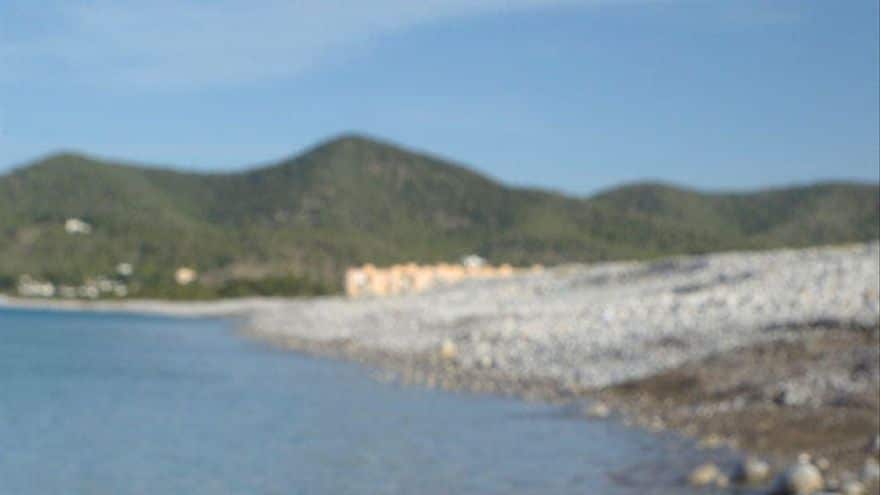Many bathers have been surprised this weekend by the large number of sea raft ‘jellyfish‘ (Velella velella), also known as barquetes de Sant Pere, which have reached the beaches of Ibiza, among others Cala Salada, Port des Torrent or Platges de Comte. It is a common hydrozoan on the coasts of Ibiza and Formentera, blue in color, which gives off an intense rotten smell.
The change of season causes in the Pitiusas beaches huge waves of jellyfish to wash up as they arrive to the coast in the thousands, dragged by the currents and die on the sand, creating carpets of jelly.
It is not an unusual phenomenon, and is frequent in the months of April and May and after storms. This variety of jellyfish is one of the least dangerous and its presence is common at this time of the year, but not in summer.
What is the sea raft jellyfish?
The sea raft ‘jellyfish’ (Velella velella) is a pelagic surface species that is highly prized by sea turtles. In fact, south of Formentera, the large concentrations of ‘Velella velella’ on the high seas, caused by cyclonic gyres of surface waters, brings many loggerhead turtles (Caretta caretta), especially juveniles, to the area every year, as reported by Cristin Amanda Tur in an article published in the Sunday edition of Diario de Ibiza.
The Sant Pere barquette is not a jellyfish, but a colony of floating hydrozoans, a siphonophore, which is characterized by the triangular crest that, like a sail, allows the wind to propel it across the surface of the water. And although it is part of a habitat in which blue is already predominant, its base is a very intense shade of lapis lazuli blue, especially when the individuals are stranded on the light sand. It is at this base, a kind of float with pockets of air, where the colony is located. It can reach a size of about eight centimeters, although, as a general rule, the specimens are usually somewhat smaller. In Catalonia and Catalan-speaking areas, as a final curiosity, this animal is known as the barqueta de Sant Pere (Saint Peter’s boat) due to the combination of the appearance and the relationship between St. Peter, the fisherman, and the sea. This link also explains the common name of the fish Zeus faber, the well-known “gall de Sant Pere”.
It is one of the few species that live on the sea surface, unlike the rest of jellyfish that usually live at greater depths. It has a certain similarity in its morphology with the Portuguese Caravel, although it is much smaller size and its venom is harmless to humans.
For the full article, please visit Diario de Ibiza website here.

